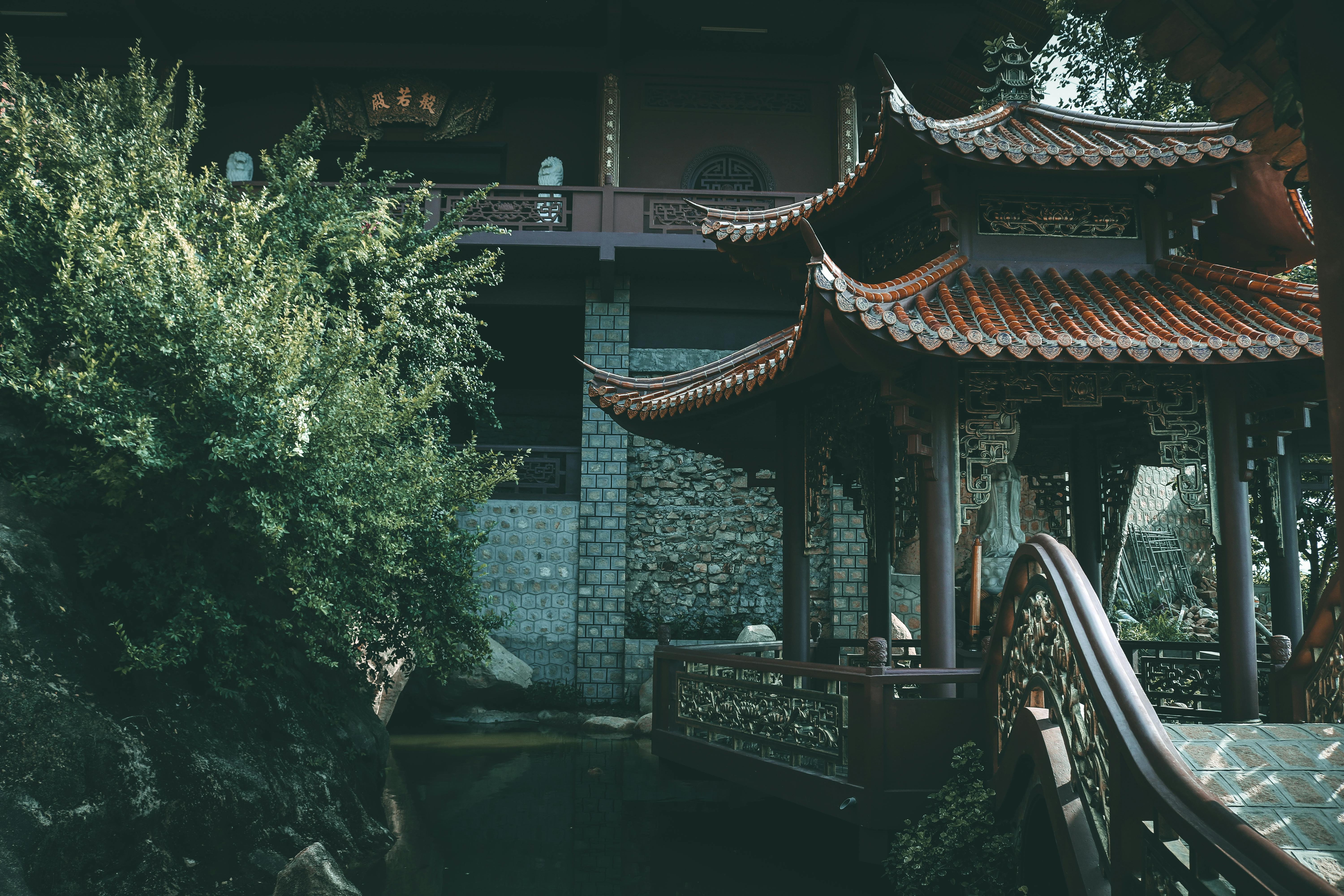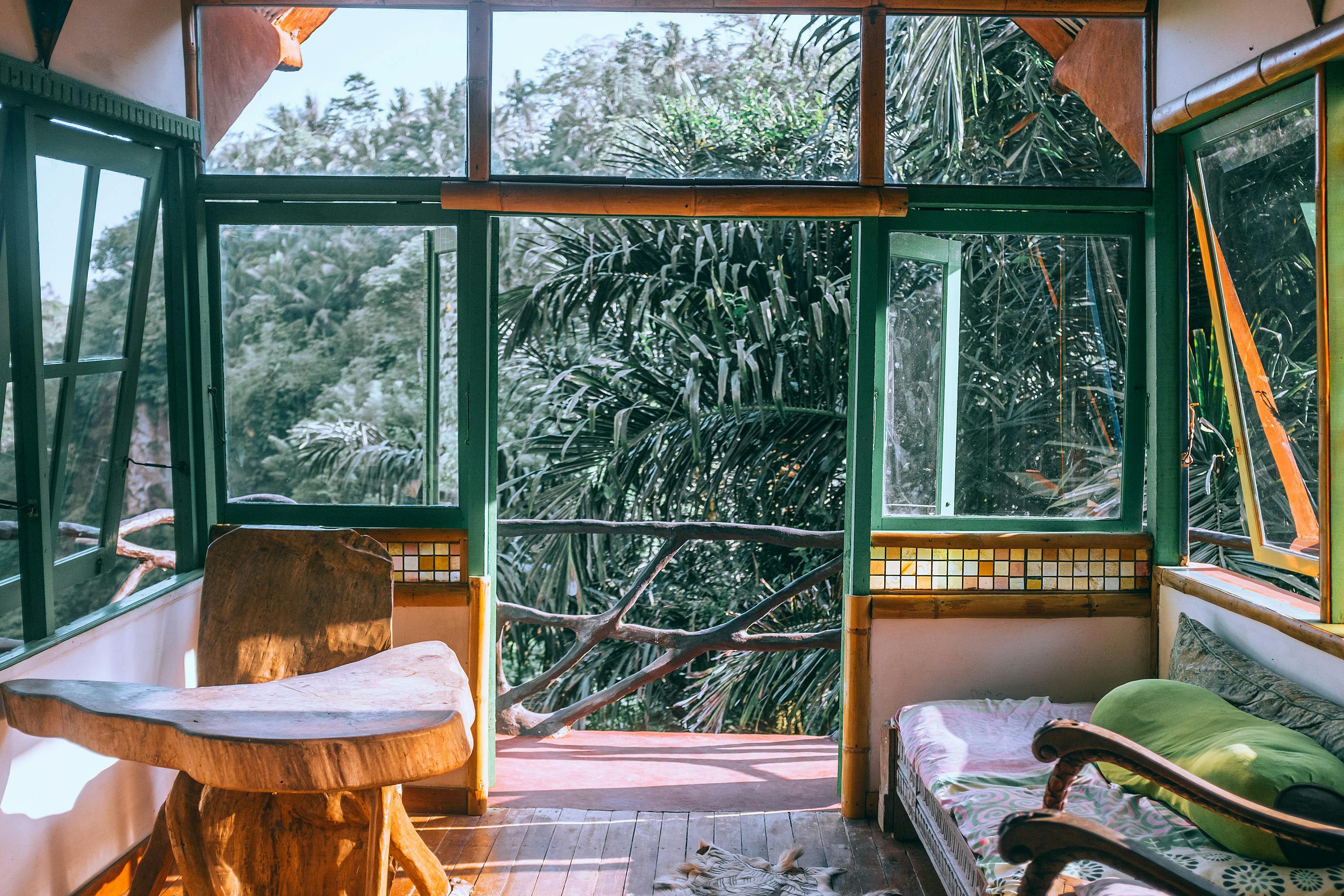In Oneglia and in Porto Maurizio there are two grandiose buildings.
SAN GIOVANNI BATTISTA PARISH CHURCH
This church, built in the middle of the 18th century, was a demonstration of the great political and economic success of Oneglia. The construction made it possible to unite in a single building the medieval structure of the old parish church and the pilgrims’ hospital. Even the area in front of the church was renovated to create a larger space for social gatherings. The site was on the side of the road that leads from the sea to Piedmont. Built in 1742, it replaced the 14th-century church that had been altered in the early 17th century. The design is attributed to the architect Gaetano Amoretti, from Oneglia. The Franco-Spanish war suspended the construction and the construction of the church lasted several years. It was consecrated in 1762, however the façade remained incomplete until 1838 when the stucco decorations, attributed to Andrea Adami, were added. The spacious and impressive interior consists of three naves and a transept. The transept has a dome topped with a polygonal lantern. The rhythm and movement are produced by the semicircular arches supported on pilasters. The head has a flat header and two shorter side chapels. In each aisle there are radiating chapels, one of which has a tabernacle dating from 1516, coming from the Gaggini workshop.
SANTA CHIARA CHURCH AND LODGE
The Santa Chiara Convent in Porto Maurizio stands out spectacularly from the entire medieval quarter of the “Rocche”. A gallery facing the sea, dating from the 18th century, offers a magnificent panorama. Arriving from the west side, this feature characterizes the view of the village of Imperia Porto Maurizio. Nuns have occupied the site since the 14th century, but it was only in the 15th century that the convent entered the Franciscan order.
The convent was built on the outskirts of the main dwelling, an area that was chosen for its isolated and inaccessible location. The convent of Santa Chiara, one of the most important in the region, is linked to the old high wall by a gallery of arcades of which only remains of the dungeon remain. It is one of the most impressive works of Baroque Liguria. The project was designed in 1712 by Gregorio De Ferrari (1647-1726) and completed by Giacomo Filippo Marvaldi (1673-1747). Access to the building is via Via Santa Chiara, behind the loggias. The church was modified during the second half of the 18th century, as evidenced by the elegant curved windows and the small triangular bell tower. In the nave there are several baroque paintings: San Domenico Soriano, by Domenico Fiasella (1589-1669), Santa Clara’s clothing, the altar of the Virgin and Child, and Santa Catalina by Sebastiano Conca (1680-1764).



